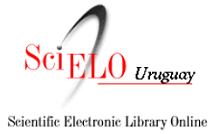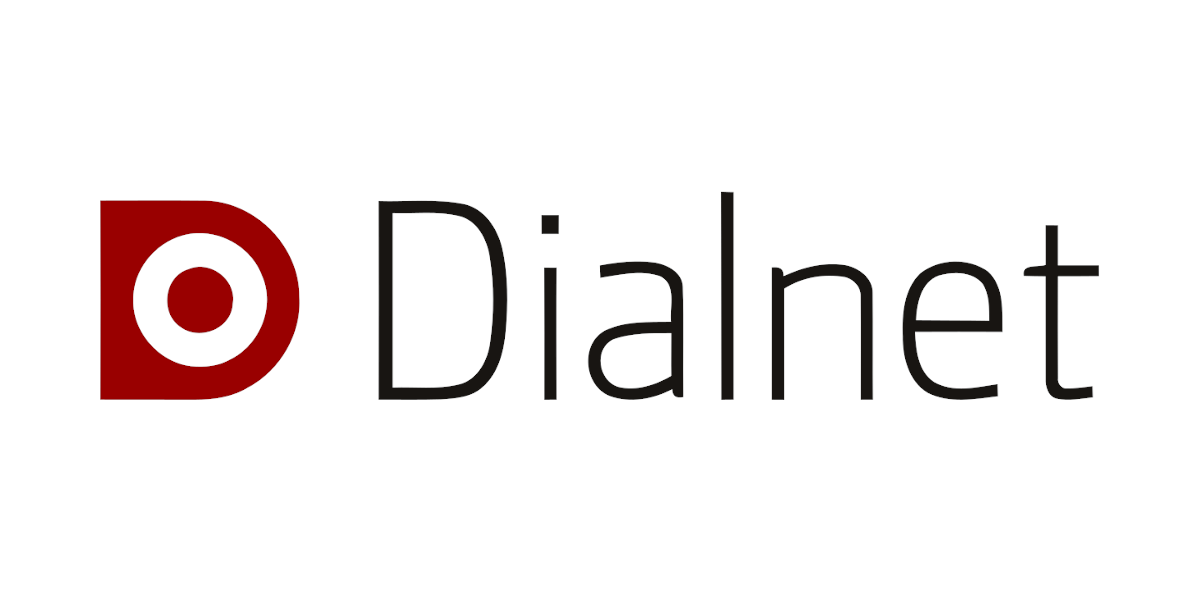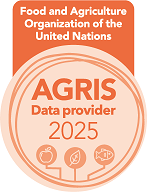El perfil de ácidos grasos de la yema y el hígado se modifica por la inclusión de DHA en la dieta de los reproductores japoneses de codorniz
Palabras clave:
Ácidos grasos polinsaturado, Incubación, OmegaResumen
A decrease in linolenic acid (LA) and an increase in alpha linolenic acid (LNA), eicosapentaenoic acid (EPA), and docosahexaenoic acid (DHA) in the diet of quail raises their concentrations in the bloodstream, which will alter the metabolism of estrogen and, as a result, there will be an increase in these fatty acids in the yolk, and the fatty acid profile of the egg will be close to that supplied in the quail diet. The aim of this study was to evaluate the effects of different levels of DHA in diets for breeding Japanese quails on the fatty acid composition of their offspring. A completely randomized design was used. The diets were composed of the analyzed levels of DHA (0; 0.015; 0.030; 0.045; and 0.060 %) and 12 replicates of 8 birds each (6 females and 2 males). The DHA was sourced from the commercial product DHAgold S17-B, derived from microalgae of the species Schizochytrium sp, which contains 17 % DHA in its composition. In all replicates of each treatment, 4 pools of egg yolk samples were obtained before incubation, and liver and yolk content samples were obtained during incubation (day 15) and at hatching. The fatty acids were extracted and analyzed using gas chromatography. Statistical analyses were performed using SAS V9.0 regression analysis P≤0.05. For the fatty acids in the embryonic calf (15 days), a quadratic effect (P<0.001) was observed for LA, DHA, and polyunsaturates, with a maximum of 0.003 %, and for LNA and AA, with maximums of 0.05 % and 0.001, respectively, in relation to the levels of DHA in the quail diet. There was no significant effect for EPA (P=0.247). Regarding the fatty acid profile of the residual yolk on the day of hatching, only EPA showed no statistical difference (P=0.547). LA and AA levels decreased linearly with DHA levels increased in the diet (P<0.001). The DHA levels in the quail diets influenced the levels of total polyunsaturated fatty acids (0.01 % DHA), LNA (0.04 % DHA), and the LA:LNA ratio (0.05 % DHA) in a quadratic (P<0.001). Regarding the fatty acid profile of the chick liver, there were no significant differences in LA (P=0.105) and EPA (P=0.698) levels depending on the DHA levels in the quail diets. For LNA, AA, and the LA:LNA ratio, the optimum point was estimated with the inclusion of 0.05 % DHA and for DHA with the inclusion of 0.01 % DHA in the quail diet (P<0.001). In conclusion, the inclusion of up to 0.05 % DHA in the diet of Japanese quail breeders improved the fatty acid profile of the egg yolk and liver of the chicks produced.
Descargas
Publicado
Cómo citar
Número
Sección
Licencia
Derechos de autor 2025 Sociedad de Medicina Veterinaria del Uruguay-Facultad de Veterinaria, Universidad de la República

Esta obra está bajo una licencia internacional Creative Commons Atribución 4.0.











